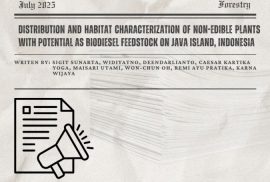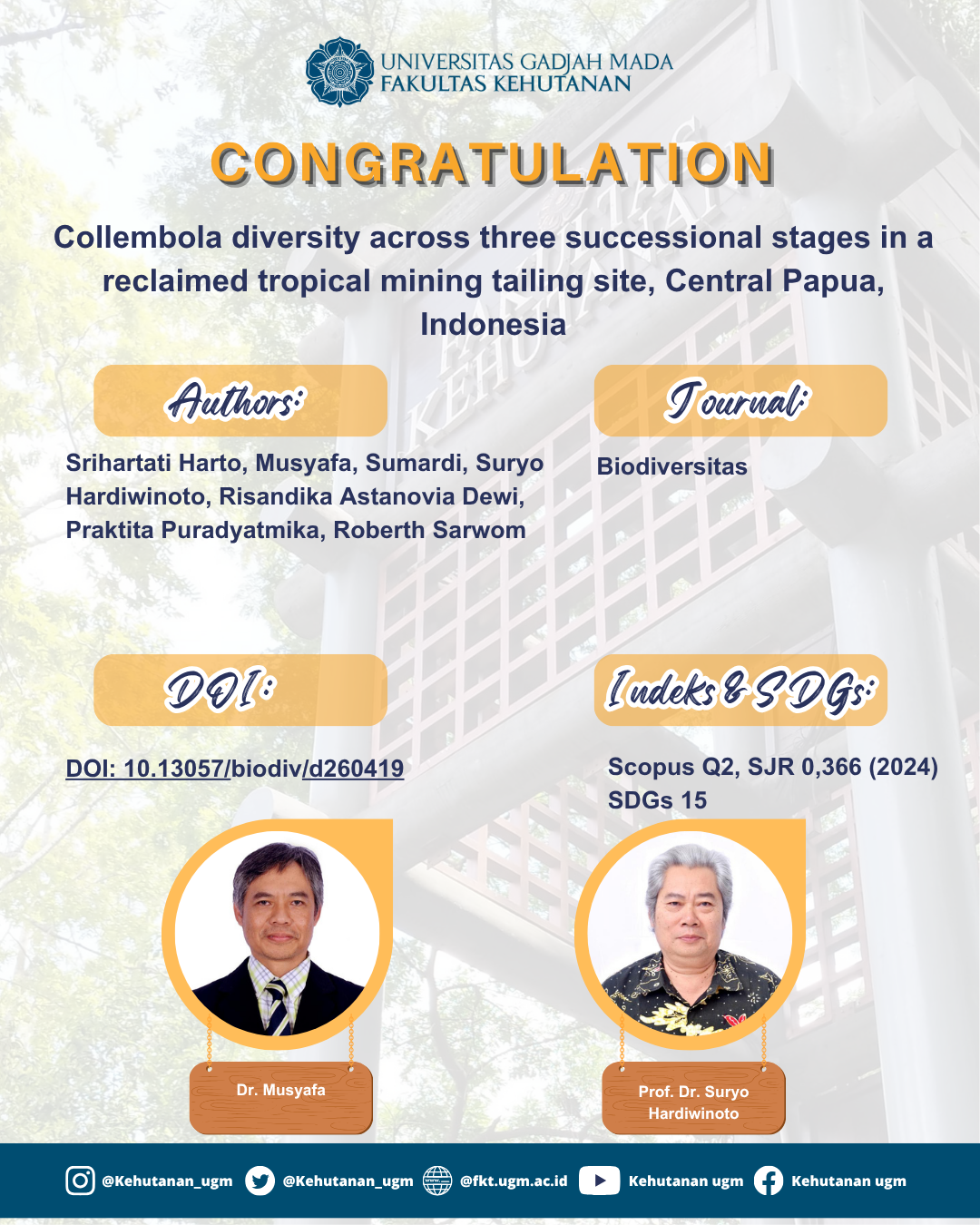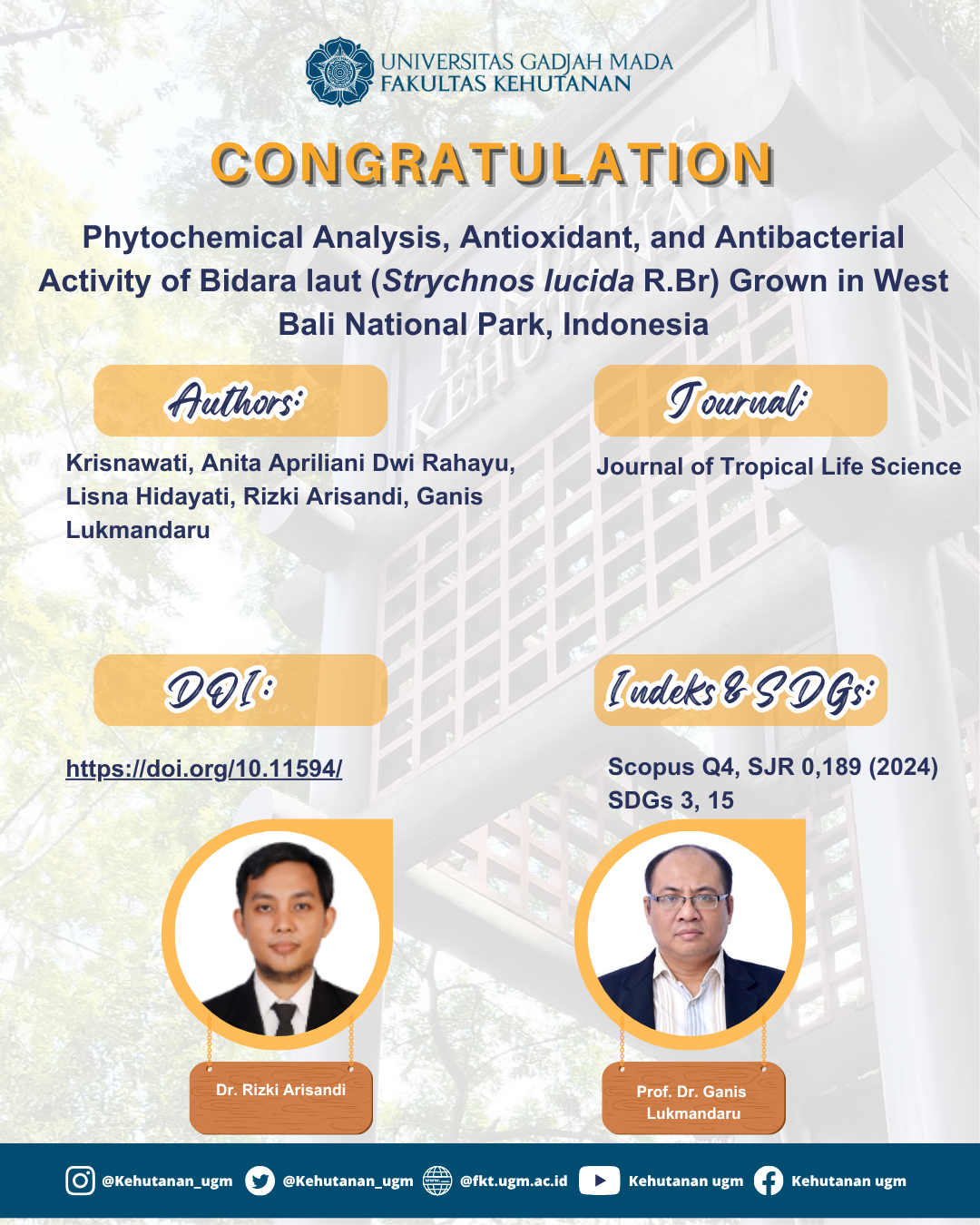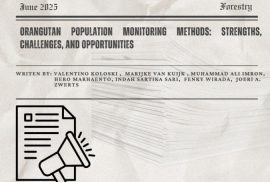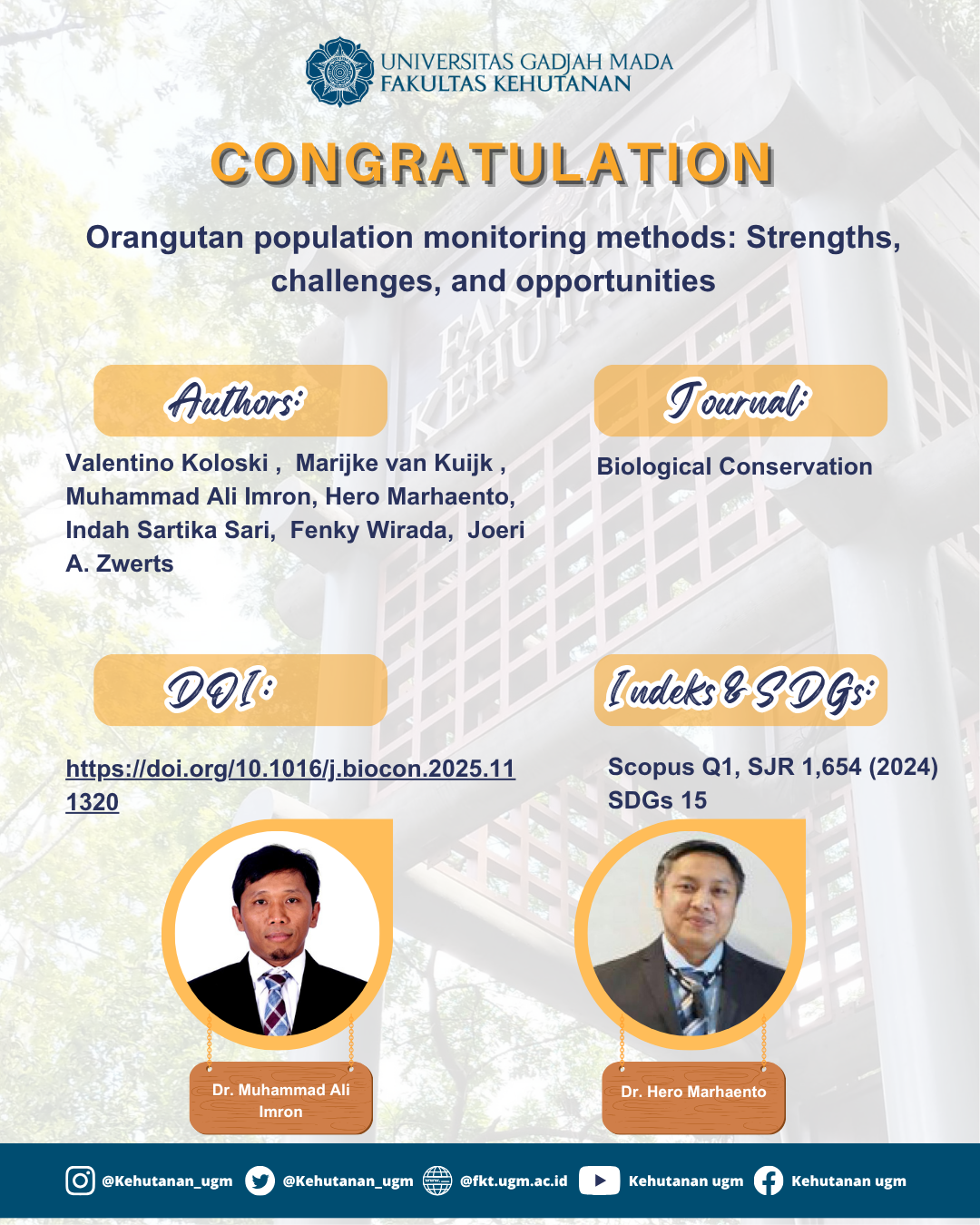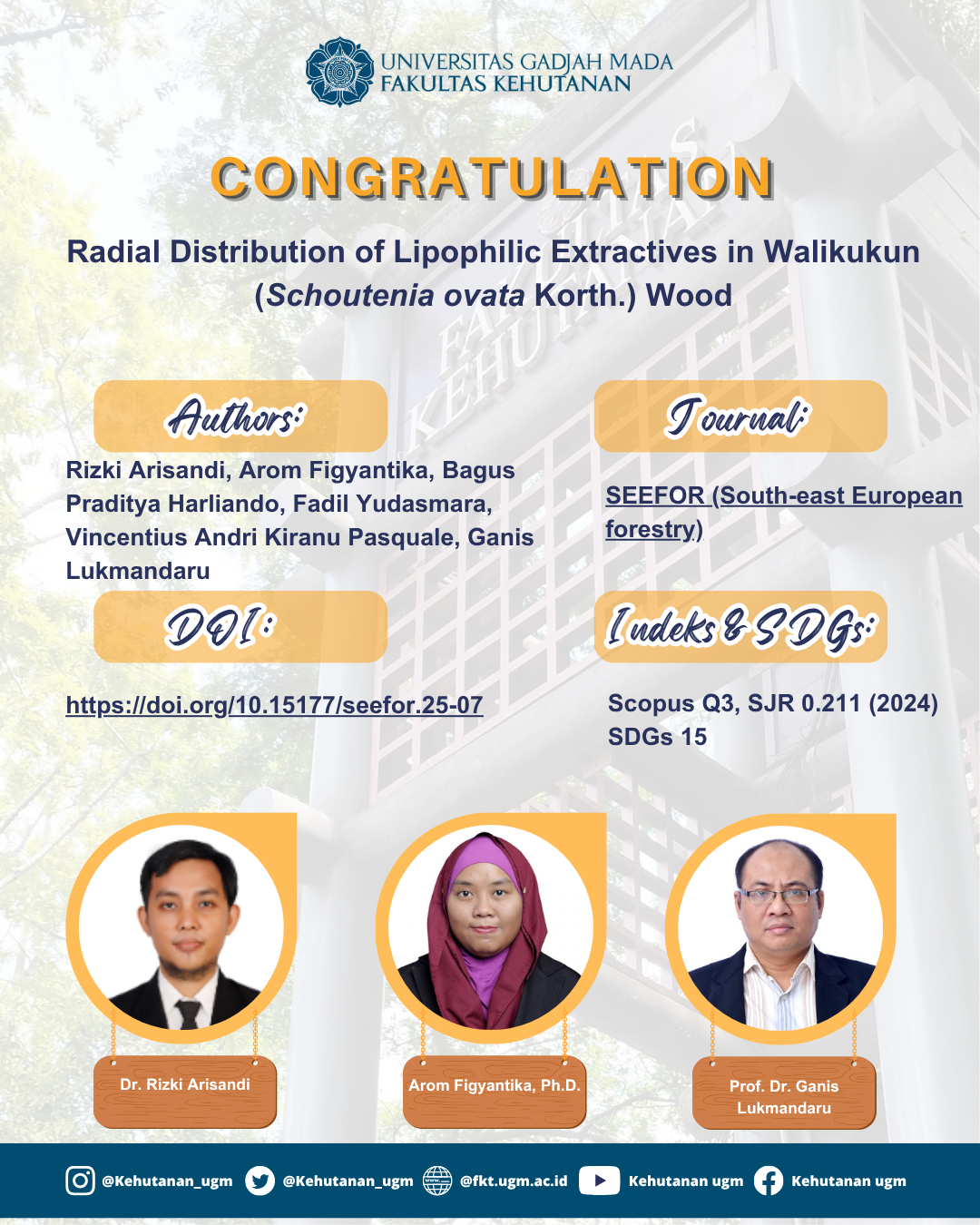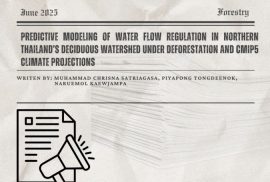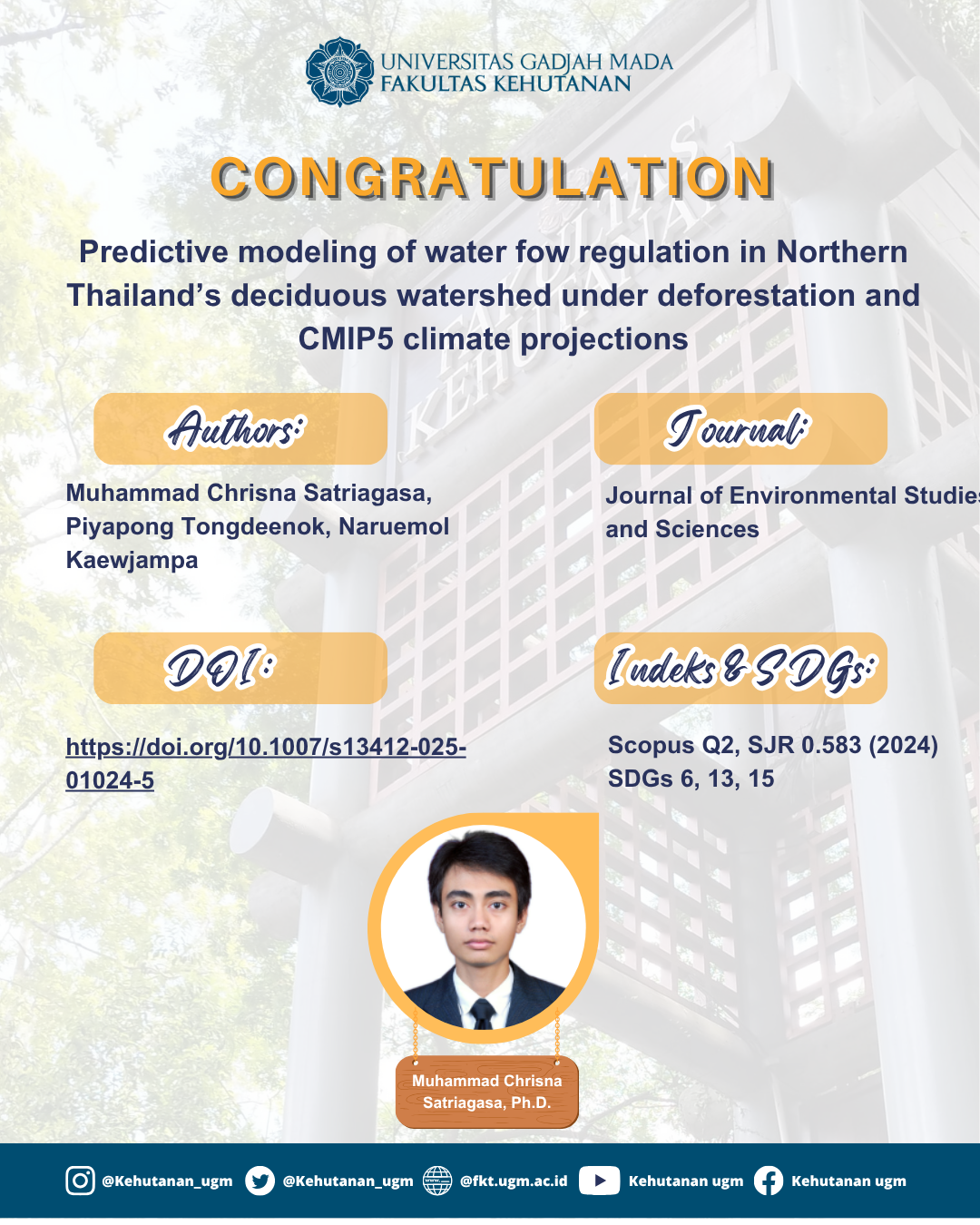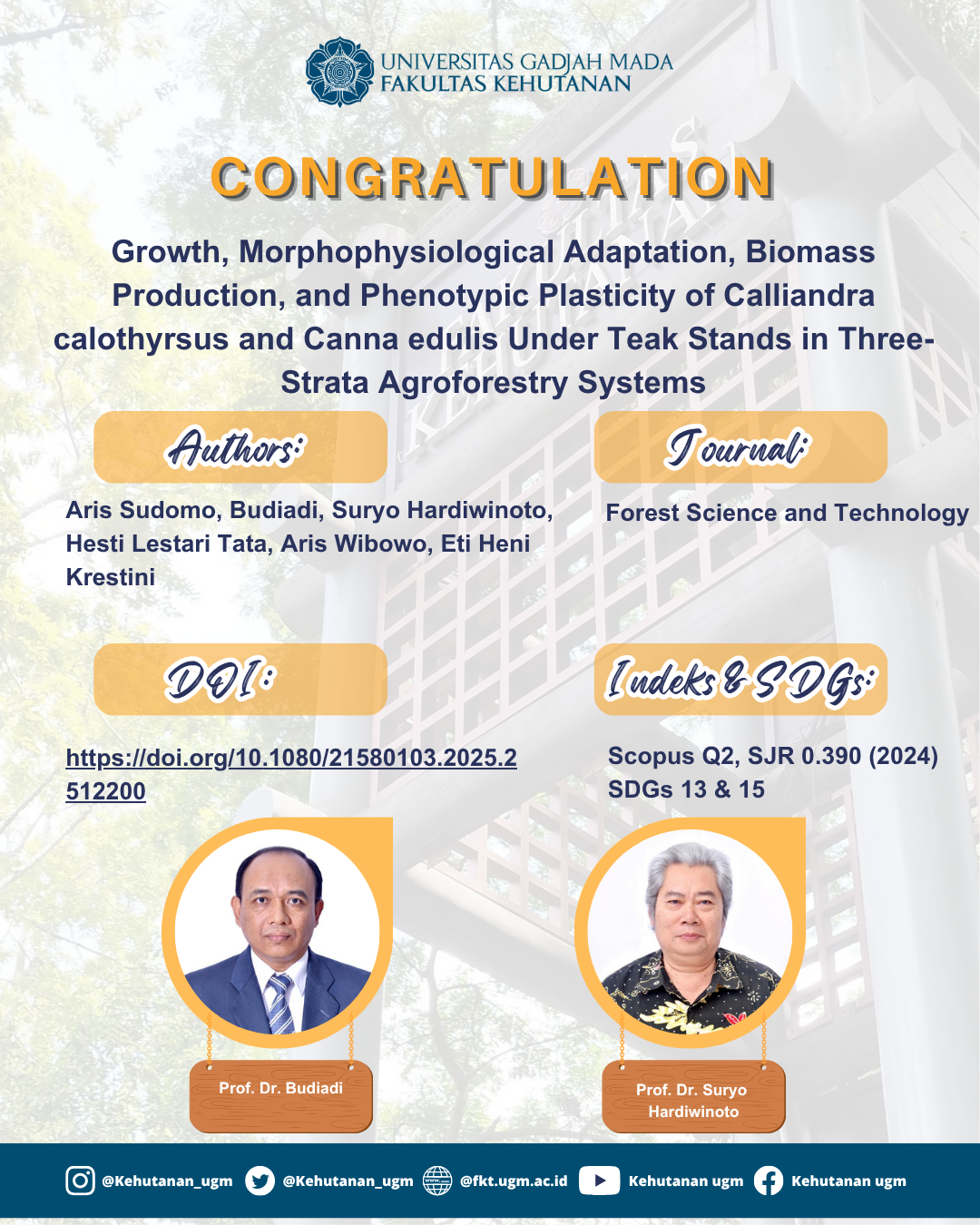
Abstract
Mangrove forests play an important role in climate change mitigation and have attracted significant attention from scholars, governments, businesses, and non-governmental organizations. Therefore, this study aims to (1) describe land cover changes caused by rehabilitation activities and (2) investigate the dominant factors affecting mangrove improvement through rehabilitation activities. Land cover changes were monitored using Landsat 5 TM, Landsat 7 ETM+,


